iPhone Wedding Photography
Last year when the iPhone 11 Pro came out with three lenses, we heard a lot of chatter from photographers about how the iPhone photos looked so good that no one would want to hire a pro photographer anymore. Most of this was just people joking around. We saw a few shoots where people used iPhones to see if they would be a viable option. What we didn’t see was anyone actually shooting a full wedding with an iPhone 11 Pro in portrait mode (for the beautiful bokeh effect). So, we decided to do it. We’re going to break down how the day went and what the best and worst parts of it were. We’ll go in order of the events.
Details and Getting Ready
This section of the day pointed out one of the flaws of shooting in portrait mode on an iPhone, and that’s in capturing details. The iPhone struggles when there isn’t a face to know what should be in focus and what shouldn’t be in focus. The best luck we had was when the iPhone just gave up on trying to do portrait mode and took a regular photo, or when we switched over to the regular photo mode. For flat lay stuff, this worked great. For photos of the dress hanging or candles on tables or cakes, it was pretty obvious there wasn’t a shallow depth of field in the photo, or at its worst there was a shallow depth of field but it wasn’t consistent. The getting ready shots of the bride and groom looked great though. We did pick the best photos, but this was a part of the day where it just felt like everything clicked and worked flawlessly.
First Look and Portraits
This part of the day felt pretty normal. We shoot most of our portraits with a 50mm or a 35mm, so the focal range of the iPhone 11 Pro felt pretty consistent with how we normally shoot. With the Pro iPhone, as opposed to the normal one, you can shoot using the telephoto lens. You just have to flip over to 2x. We prefer the compression you get shooting at 2x on the iPhone Pro, so that’s how we shot most of the day. We feel like the depth of field effect looks better while shooting at 2x on the iPhone Pro too. Since we’re shooting at 2x, it’s a 52mm equivalent, which is perfect for us since our most used lens is the 50mm on our 5D Mark IVs.
The only place the iPhone really struggled here was with the first look and the full wedding party portraits. The reason for both of those times being a bit of a struggle had to do with how far away we needed to be. During the first look we don’t want to be right up on the couple, because we want it to feel more intimate. However, that means the couple was so far away that the depth of field effect didn’t always work. We were still happy with the way the photos turned out, but we’d like to be able to capture photos that felt closer, which we typically do by shooting the first look with a 70-200mm lens.
The full wedding party shots were similarly difficult because to get everyone in the shot, even if we switched to the wider lens, meant that we had to stand more than 8 ft away from our subjects, which meant that the depth of field effect wouldn’t work. Again, we were still able to shoot photos that we were happy with during this time, but it would be nice if the depth of field effect worked at longer distances and worked better with larger groups. The advantage of it not working with the large group though is that we didn’t have to worry about inconsistencies in what was in focus and out of focus.
Ceremony
Much like we said about the first look, it’d be nice to have a telephoto lens with more reach than 52mm during the ceremony as well. While we would typically prefer to stay back during the ceremony and capture with a 70-200 most of the time, we’re not opposed to getting up close for a photo or two. This time though, aside from when the processional was happening, we mostly stayed back with the iPhone 11 Pro (because we had two photographers there capturing the wedding in addition to me using the iPhone, and we just didn’t want to add to the chaos with a third person possibly walking up to the front to shoot). The photos turned out great though. One thing we weren’t expecting during the ceremony was that the iPhone would capture a lot of detail in the sky. We usually don’t go for that kind of look in our photos at an outdoor wedding, but it worked for this wedding.
Reception, Sunset Shots, and Night Shots
If there’s one area where it felt like the iPhone 11 Pro really struggled, it would be here. We use flash all throughout most of the receptions we shoot. At the time of this wedding (fall of 2019) we weren’t aware of any flashes that worked with the iPhone. Since then, we’ve seen a few systems come out that might be worth a try though. We decided to just use video lights to light up the events during the reception for the iPhone. We didn’t like this, because most people don’t like having a continuous light on the dance floor. It’s one of the most frequent complaints we hear during receptions and most of the time we can just say we’re only doing photography so we can’t turn off the videographers lights. This time we couldn’t though, so we were cautious in our use and opted not to have them on most of the time so we didn’t negatively impact the vibe on the dance floor.
The sun was up throughout most of the events during the reception, but in all honesty, by this point we were just kind of sick of shooting with the iPhone so there aren’t as many pictures. We’ll get into why we were sick of it below, but it was just a different experience. The sunset shots turned out great and while we were lacking a visible sun (because of cloud cover) we’re still very happy with the look of those. We tried to do some night shots with our video lights. We like the look of backlighting the couple with flash when we do night shots, so we pulled a video light and our couple off to a secluded area to do that. The iPhone really struggled with focus during this section, so most of the photos were thrown out. The one photo we kept is of the groom eating the late night snack that the planners brought out during this section.
We didn’t even attempt to use night mode or the flash on the iPhone during the night shots. We don’t like the look of direct flash and we didn’t bring a tripod to attempt night mode.

This took several tries to get a photo where the vegetation visible inside the “E” was out of focus like the vegetation around the “E” 







Fails
We don’t have a lot of the fails from this shoot hanging around anymore, but here’s a weird one of some candles inside glasses. As you can see, the candle is in focus, but the glass that the candle is inside is out of focus. If you look down at the “Table 9” sign, you can see another glass that is barely popping out from behind the sign that is in focus.

I mentioned above that it was difficult to shoot the “E” on the cake with the iPhone in portrait mode. Here’s an unedited example of that. You can see that the green leaves behind the “E” aren’t as blurry as the green leaves surrounding it.It’s weird. Also, there’s like a fuzzy shine around the “E”. Details are tough in portrait mode.

Pros to Shooting a Wedding with an iPhone 11 Pro
You look like a guest. We dress like guests when we shoot a wedding. We wear suits and dresses so we blend in, but the cameras are always a dead give away. Walking around with just an iPhone was nice though. No one asked for photos. No one paused and looked at the iPhone when we were shooting candids. People thought we were just another guest and treated us as such. Pick up a 5D Mark IV and suddenly that all changes.
The best part by far though was that during downtime at the wedding and after the wedding during the ride home we were able to cull and edit the wedding. It was a 45 minute ride home from the wedding. In that time I was able to cull the wedding and edit all the photos in Lightroom on the iPhone 11 Pro. By the time we were home, I was already uploading the gallery. We sent 80+ edited pictures to the couple within a few hours of us leaving their wedding. Their reception was still going on when the gallery was finished uploading. That turn around time just can’t be beat.
Cons to Shooting a Wedding with an iPhone 11 Pro
No telephoto. Inconsistent focus. When in portrait mode, the iPhone takes longer between shots. There’s this weird thing where when you’re consistently shooting with an iPhone for 8 hours you realize that you don’t stand normal when taking a photo with an iPhone. You kind of hold the iPhone up and bring your head back a little bit and it doesn’t look or feel weird in the moment but at the end of the day your back hurts in a different place than normal. We don’t shoot mirrorless though and we also don’t shoot using live view, so maybe we just don’t have the right muscles worked up for holding a small device up in front of our faces but not touching our faces.
Also, the iPhone feels like it could be lost or broken all the time. Maybe this is because we’ve dropped and broken iPhones before, but it never feels like it’s safe. Perhaps a case with a strap so you could shoot and then let the phone hang like a DSLR or Mirrorless camera would change that feeling. Also, the phone feels like it could slide out of your hand at any time. A pistol grip like a DSLR or Mirrorless camera have would do a lot to make the phone feel secure in the hand (which we saw shiftcam is making one) and would also feel good to hold. On the subject of ergonomics there isn’t a good button for taking photos. You’re either tapping the screen which requires visual or audio confirmation that it was tapped or you’re pushing the volume rocker which is stiff and doesn’t feel good to push. Neither one of those things seems bothersome when you just take one or two photos at a time, but after 8 hours of constantly tapping the screen or pushing the volume rocker you start to notice these things. The volume rocker can cause the finger to become irritated and the glass honestly can do the same over time because there’s no give when you tap glass. A pistol grip with a dedicated button would do wonders for using the phone like a camera.
Tips for Shooting a Wedding with an iPhone 11 Pro
The phone really needs to be in airplane mode most of the day. You can’t risk shooting the ceremony and having someone call you while the bride is walking down the aisle. We know that iOS 14 is changing the way calling works so it doesn’t take control of your phone screen, but when we’re shooting we want notifications off anyway so there aren’t any distractions.
Turn off facial recognition and turn off needing a passcode to get on the iPhone. You need to be able to lift the phone and shoot as quickly as possible. The facial recognition takes a second and you can miss out on shots. Turning it off will do wonders.
Don’t be afraid to switch between portrait mode and the regular photo mode as needed. It’s tough to get everything you need at a wedding and if the portrait mode isn’t working out it’s better to capture the moment without the depth of field effect than it is to miss the moment entirely. Also, remember if the depth of field effect doesn’t look good in portrait mode, you can always change the DoF in the photos app after taking the photo. So, you could take a photo that had inconsistent focus in portrait mode and just change it from an f/4 equivalent to an f/16 equivalent. You lose that bokeh, but you save the moment. The last thing you want to do is to bring the photo into photoshop and try to photoshop the inconsistencies away. That’s time consuming.
Conclusion
Can you shoot a wedding with an iPhone 11 Pro? Yes. It’s lightweight and fun. Just make sure you keep an eye out for inconsistencies in focus in portrait mode. Also, know that you might have to change your depth of field in post to save a few photos.
Would we prefer to shoot with an iPhone 11 Pro? No. While we do enjoy looking more like guests, we’d rather have a device that produces consistent results. It’s bothersome in its current state. Also, we prefer the way the pistol grips and buttons feel with the DSLR/Mirrorless cameras. Perhaps an iPhone 11 Pro Max might have felt better in hand since it’s bigger and easier to grip, but it’s also bigger and won’t fit into a lot of pockets and clutches as a result so it’s more of an encumbrance on the day.
Compare
Want to compare the iPhone photos from this wedding with the photos from this wedding that were shot with our 5D Mark IVs? Click this link to see our blog post about Aunjalee and Joe’s wedding, then let us know in the comments if you like the iPhone photos more or the 5D Mark IVs.

5D Mark IV 
iPhone 11 Pro

5D Mark IV 
iPhone 11 Pro
TLDR? You can listen.
We recorded our discussion while parsing through the day, in preparation for writing this blog post. You can listen to that below or check out the podcast’s website:
Check Out Our Other iPhone Work
We recently did a post and video helping people learn how to capture their newborns with their iPhone.
We also did some product shots with an iPhone for a blog post a little while back.



















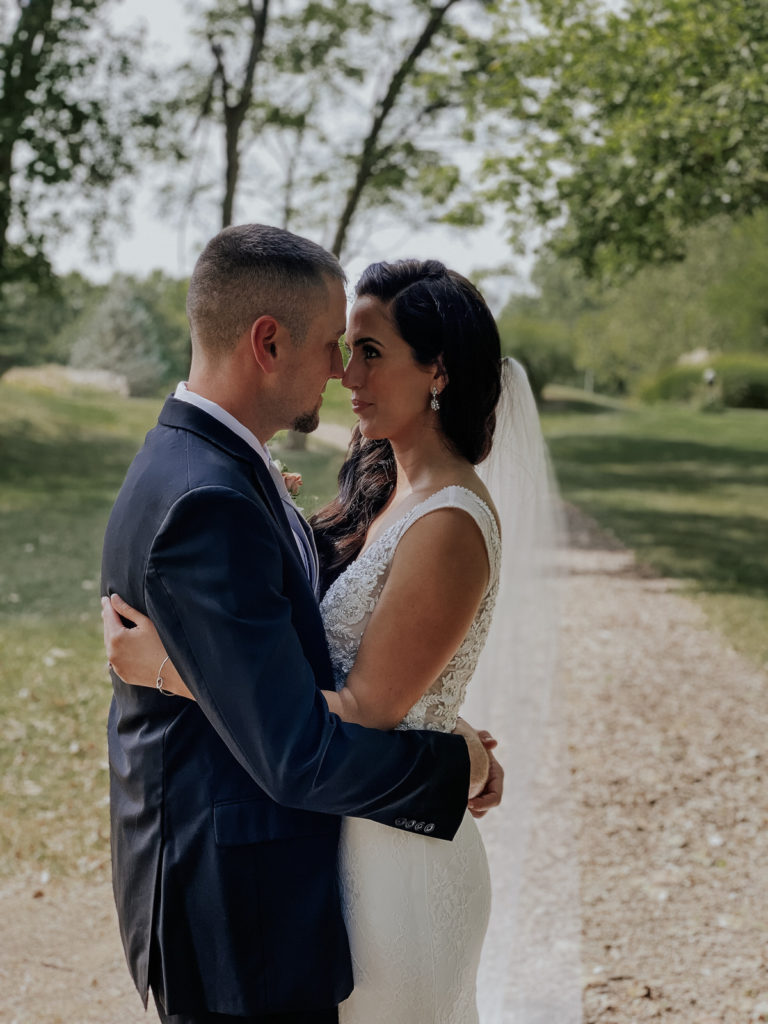



















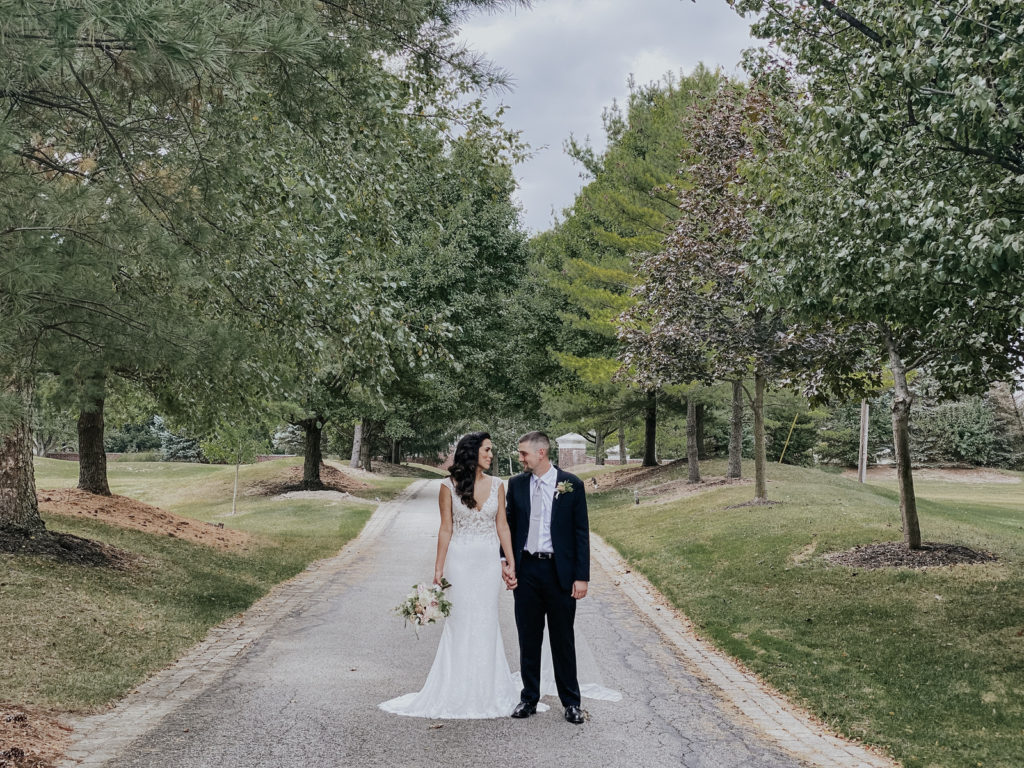

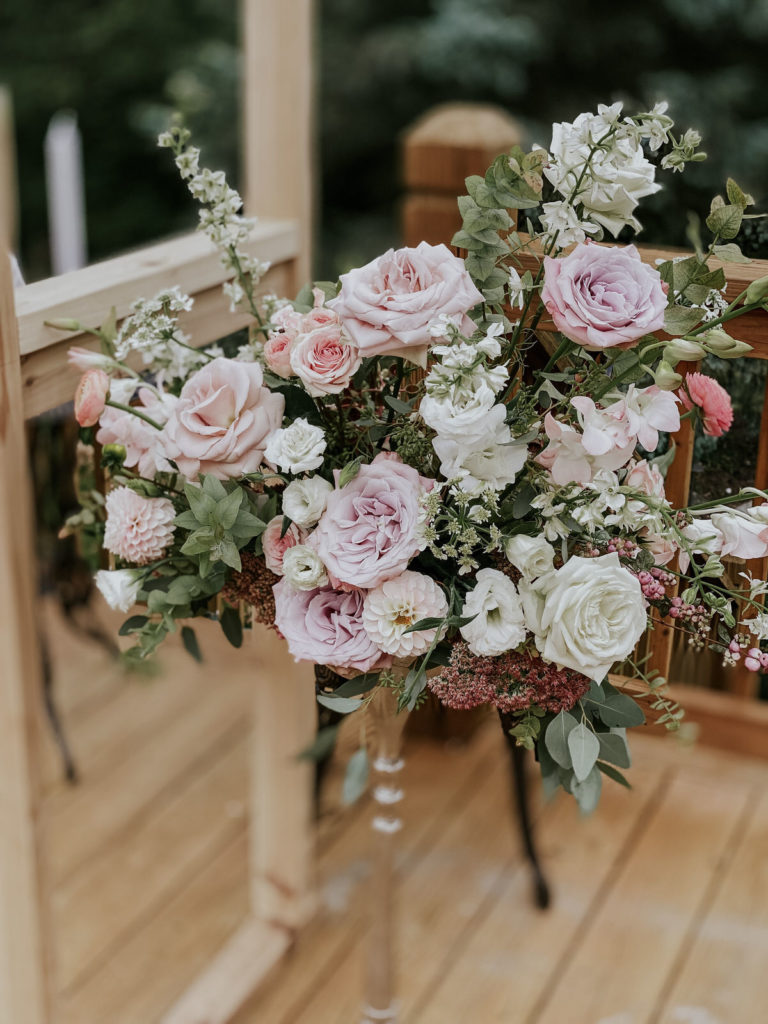

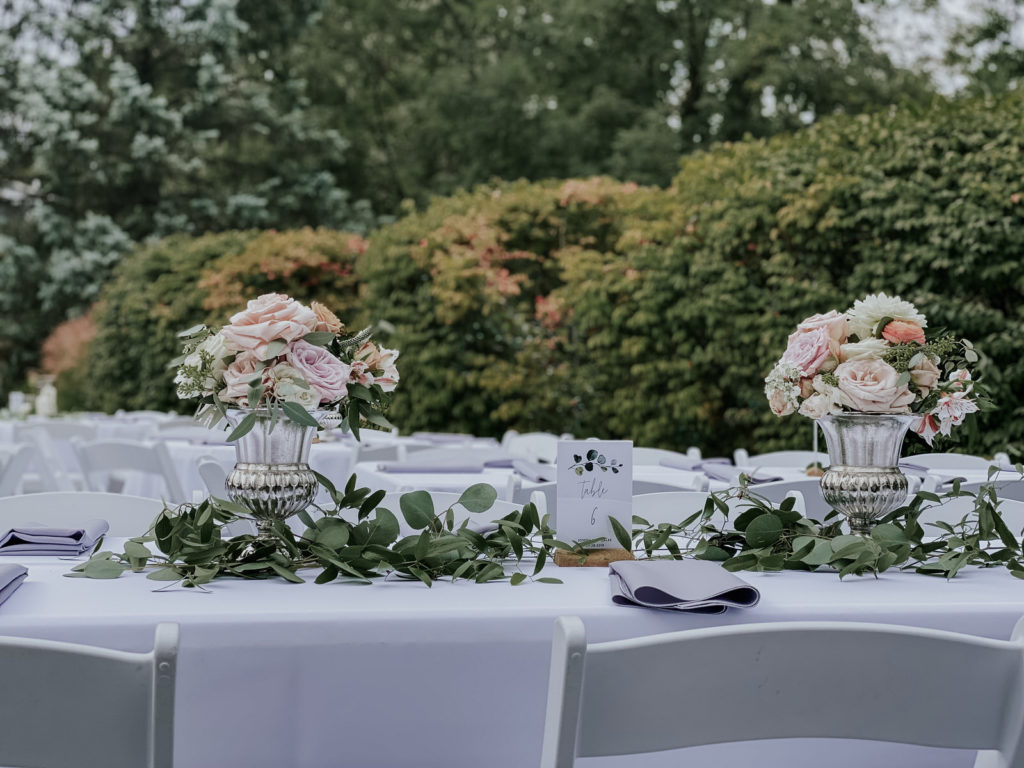





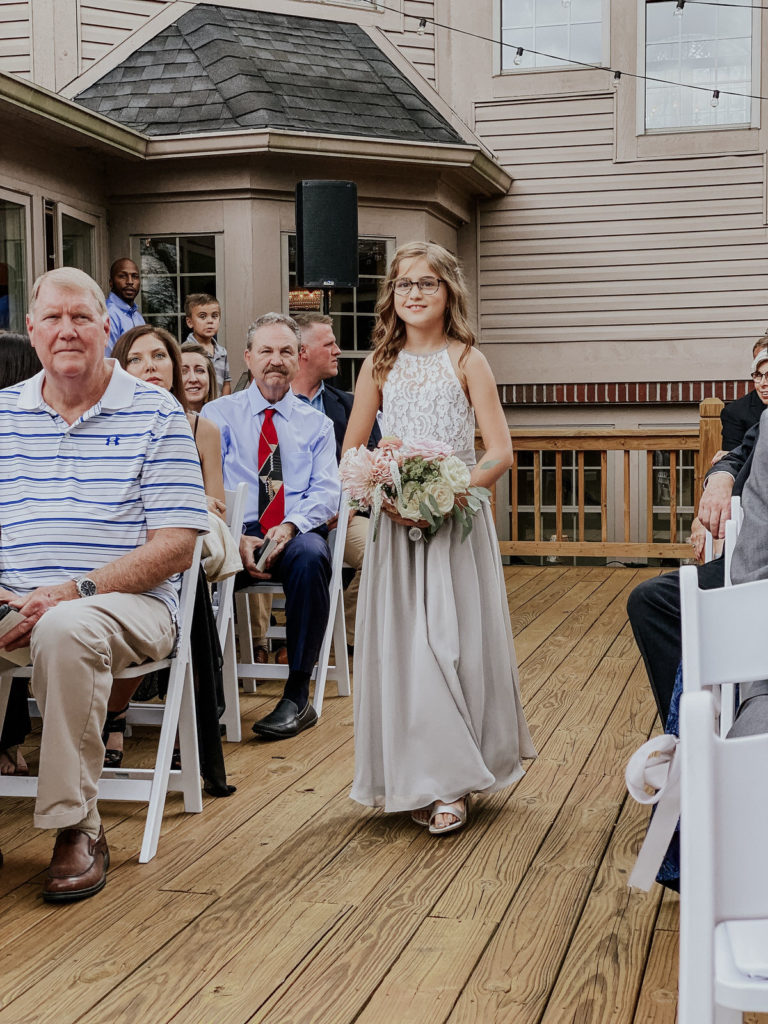
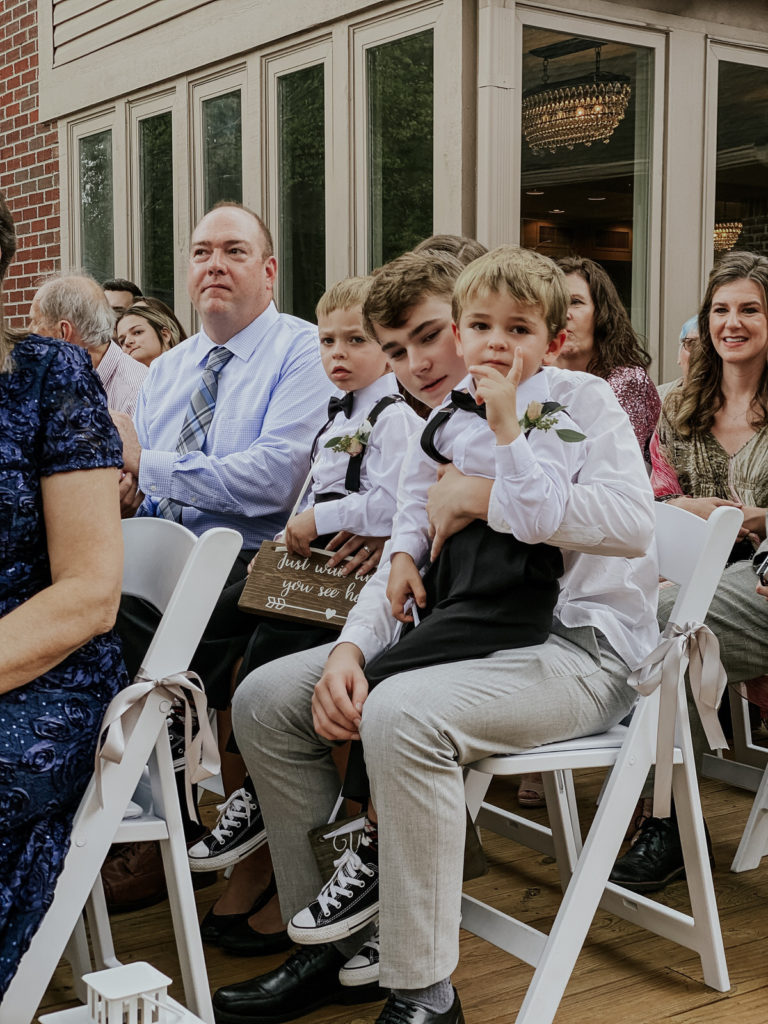









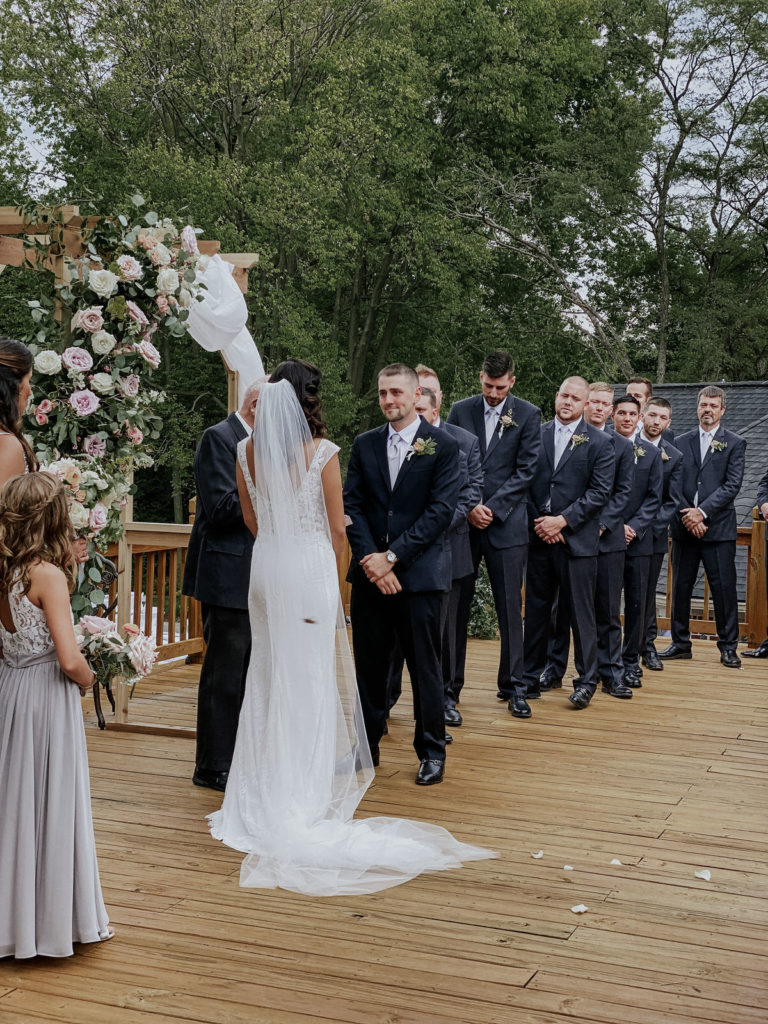




























Finally! Cell phone camera support! I see a lot of remarks that cell phones are only good good for snapshots and it’s so frustrating. Some of my best photos are those candid moments when nobody even knows you’re busy at work! I *love* taking pictures but I’m only an amateur at best. I’ve been using my phone as a camera ever since they first came out. I try to always buy the phone with the best camera, but I’m an android user! 🙂 I just wanted to say it’s nice to see some support as it gives me hope. I think I’m just afraid of a “real” camera! I bought a used one from a friend because she needed money. That was 5 years ago and I still haven’t used it. It seems like there is so much more to learn! Thanks for your sharing your experience and showing the world the capabilities of the cell phone and that it can be more than just a snapshot camera! I enjoyed reading the entire article and I agreed with everything you were saying, especially with taking group photos! Ok, I’ll close now, thanks for your time! Sheila
Well, it is known fact that not the camera, but that human behind is most important.
I once sold my Nikon DSLR system because the best camera is the one you’re carrying with you. Now I have micro4/3 system, but trip pics are almost exclusively taken with iPhone X.
Speaking of comparison, in the window shot I see better dynamic range of iPhone, but to be fair it could have been cheating with processing.
It’s like pareto principle, the latest iPhones would do just fine in 80% if situations: even closeup and portrait shots. The camera is the main reason I am upgrading my phones BTW 🙂
Very interesting article and wonderful photos. The iPhone stands up very well against the 5D Mark IV, especially in the wedding-dress pic, where, for me, it does a better job.